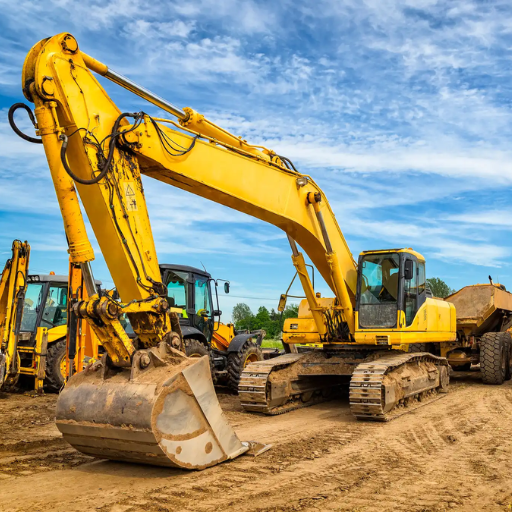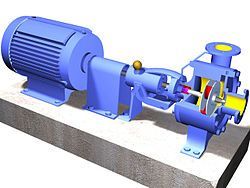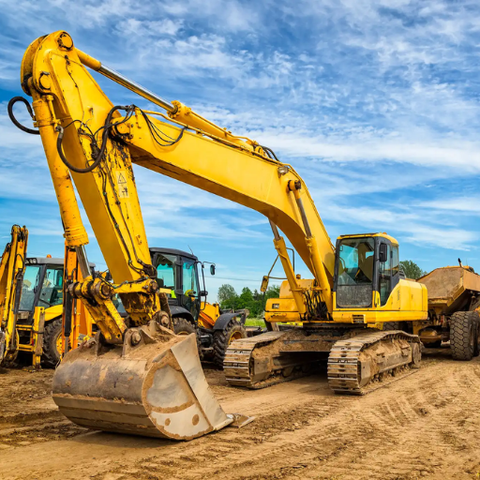Discover Excavator Machines: Basics, Explanation, and Helpful Information
Excavator machines are essential heavy equipment used in construction, mining, roadwork, and land development. They exist to perform tasks that require digging, lifting, earthmoving, and material handling in a way that is faster and more precise than manual work. Over time, excavators have evolved from cable-operated systems into advanced hydraulic machines designed for a wide range of applications. Their flexibility makes them useful across industries that require safe and efficient ground operations.
Excavators come in several types, sizes, and configurations. The most common equipment includes standard excavators, mini excavators, long-reach excavators, and wheeled excavators. Each machine is designed for specific working conditions and project requirements. Their ability to adapt with attachments such as buckets, breakers, and grapples makes them important tools in modern infrastructure development. Understanding how excavators work and their role in projects helps users comprehend why they are widely used in both small and large operations.
Importance
Excavator machines play a central role in infrastructure growth and urban development. They help complete tasks that would otherwise require large labor teams and extended timelines. Because construction, mining, and utility industries continue to expand, these machines remain critical for operational efficiency and safety.
Their importance today can be seen in multiple ways:
-
They support large-scale public works such as highways, bridges, and drainage systems.
-
They improve productivity on project sites by delivering consistent digging depth, lifting ability, and earthmoving capacity.
-
They reduce physical strain on workers by performing heavy and repetitive activities.
-
They help industries meet project deadlines by improving speed and accuracy.
-
They support essential operations such as trenching for pipes and cables, demolition work, and site grading.
Excavators solve several practical challenges such as uneven terrain, deep foundation work, material relocation, and controlled demolition. As industries adopt modern construction methods, these machines continue to play an important role in maintaining efficiency and operational safety.
Recent Updates
In the past year, excavator technology has focused on increasing efficiency, automation, and sustainability. Several notable developments have shaped the industry:
Electrification and Hybrid Technology (2024–2025):
Manufacturers have expanded their range of electric and hybrid excavators to support cleaner and quieter operations. These versions are increasingly used in residential areas and indoor projects where noise and emissions need to be minimized.
Advanced Telematics and Smart Monitoring (2024):
Systems that track machine health, fuel usage, idle time, and operating hours have become more common. Telematics platforms introduced during 2024 help owners optimize machine performance and reduce downtime.
Improved Operator Assistance Features (2024–2025):
Automated control functions such as grade assistance, swing restriction, and enhanced visibility tools offer safer and more precise operations.
Mini Excavator Demand (2024):
Due to urban expansion, compact excavators have seen increased demand for landscaping, small-plot construction, and utility installations.
Stronger Safety Standards (2025):
Updates to workplace equipment safety guidelines introduced across several regions in early 2025 emphasize improved operator training and machine inspection requirements.
These updates show how excavator machines continue to evolve with higher efficiency, reduced emissions, and better operator support systems.
Laws or Policies
Excavator operations are influenced by several regulations related to safety, environmental protection, and equipment management. While these laws vary by country, they generally cover similar areas:
Workplace Safety Regulations:
Most countries require operators to follow safety standards that involve machine inspection, operator certification, and site hazard assessment. These guidelines ensure safe use of heavy machinery and minimize workplace accidents.
Equipment Emission Guidelines:
Environmental rules often apply to diesel-powered machines. Standards encourage the use of cleaner engines and reduced emissions through updated engine technology, proper fuel use, and maintenance.
Construction Permit Rules:
Excavation work typically requires approval depending on depth, location, and type of project. Local authorities may require specific documentation before starting digging activities.
Noise and Vibration Control Policies:
Urban areas often impose limits on heavy equipment operation hours to reduce disturbances. Machines used in residential zones may need to fit within specific noise emission levels.
Transportation and Road Safety Regulations:
Moving large excavators on roads requires compliance with transportation laws, including load limits, escort vehicles, or special permits, depending on machine size.
These policies help maintain safety, protect the environment, and ensure responsible usage of heavy machinery.
Tools and Resources
A variety of resources help users learn more about excavator machines, plan projects, or evaluate equipment options. These tools support decision-making, safety, and productivity.
Technical Resources
-
Operator manuals from leading equipment manufacturers
-
Machine specification databases
-
Telematics dashboards for monitoring performance
-
Utility mapping tools for safe digging
Training and Learning Platforms
-
Online heavy equipment training modules
-
Video tutorials demonstrating operating techniques
-
Safety guidelines published by national construction authorities
Planning and Productivity Tools
-
Earthwork calculation tools
-
Excavation depth and slope calculators
-
Project management software for construction workflows
-
Digital checklists for machine inspections
Industry Information Sources
-
Construction equipment magazines
-
Infrastructure development reports
-
Heavy equipment comparison websites
These resources help users access structured knowledge, improve machine handling, and stay updated with industry standards.
FAQs
What are the main types of excavator machines?
Common types include standard crawlers, mini excavators, wheeled excavators, long-reach models, and specialized machines such as suction or amphibious excavators. Each type serves a specific function depending on site conditions and project needs.
How does an excavator’s hydraulic system work?
The machine uses hydraulic cylinders and pressurized fluid to power its boom, arm, and attachments. This system provides strong lifting and digging capabilities with smooth and controlled operation.
Where are excavators typically used?
They are widely used in construction, mining, demolition, roadwork, landscaping, and utilities installation. Their versatility makes them suitable for tasks ranging from trenching to site clearing.
What factors affect excavator performance?
Key factors include engine power, hydraulic efficiency, bucket size, ground conditions, and operator skill. Regular maintenance also plays an important role in maintaining performance and safety.
What attachments can be used with an excavator?
Attachments include digging buckets, hydraulic breakers, augers, grapples, trenching tools, and rippers. These additions expand the machine’s capabilities for different types of projects.
Conclusion
Excavator machines are an essential part of modern infrastructure and construction activities. Their ability to perform precise digging, lifting, and earthmoving work makes them valuable in both large industrial projects and small-scale applications. Recent advancements in electrification, automation, and monitoring technology continue to reshape how these machines operate. With clear regulations, improved safety standards, and access to reliable learning resources, users can better understand how excavators contribute to efficient and safe project execution.






